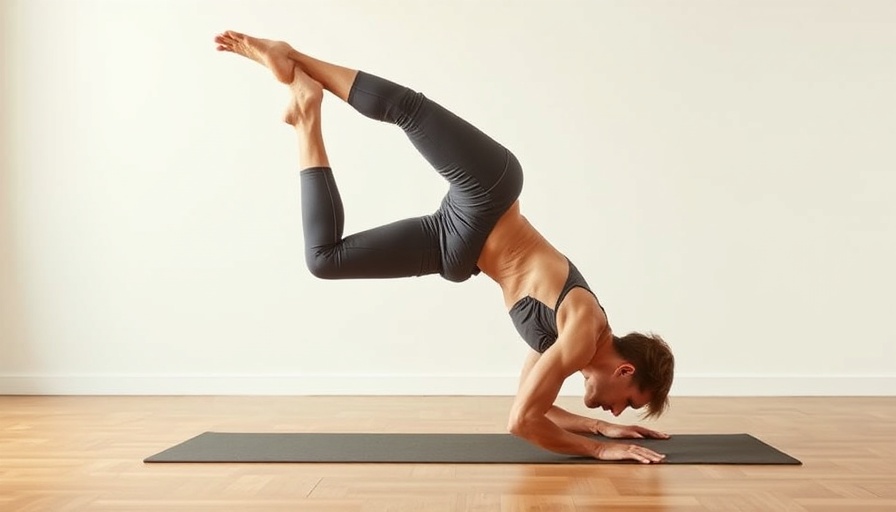
Understanding Periodization: A Strategic Approach to Fitness
In today's fast-paced world, juggling multiple fitness goals can feel overwhelming. Whether you're trying to build strength, learn a new skill, or improve flexibility, the challenge often lies in how to manage your training effectively. Many individuals pursue various objectives concurrently, only to find themselves making little headway. Thankfully, there’s a solution that emphasizes focused training and maximizes your results: periodization.
What is Periodization?
Periodization is a structured training approach that enables you to concentrate on one specific skill or attribute for a designated time, transitioning to another goal subsequently. This method allows you to make tangible progress in each area, ensuring that by the end of your training blocks, you are not only honing new skills but also retaining the gains from prior sessions. Essentially, periodization is about cycling through different training regimens intelligently to enhance overall performance.
The Two Main Types of Periodization
There are two primary models of periodization to consider: linear and non-linear. In linear periodization, your training is divided into distinct blocks that focus on different aspects of your fitness. Typically, you would spend a few weeks on general conditioning, followed by dedicated strength training, and eventually shift towards a more specialized goal. The linear model is particularly beneficial for those who appreciate clear delineation in their training focus.
On the other hand, non-linear periodization allows for more flexibility. Here, you might alternate between strength, endurance, and skill work more frequently within a single week. This method can be advantageous for individuals looking to enhance their adaptability and who prefer a varied workout regimen.
How Cycling Benefits Your Training
Cycling through different training periods cultivates both physical and mental resilience. By returning to a previous goal after focusing on a new one, you not only keep your earlier gains intact but also heighten your overall fitness with newly acquired skills. For instance, after building leg strength, transitioning to flexibility work can enable you to execute that cartwheel with ease. This cyclical process not only enhances performance but also keeps monotony at bay, ensuring your workouts remain fresh and engaging.
Creating Your Periodization Plan
To implement periodization effectively, it's important to first identify your primary fitness goals. Do you need to improve your overall endurance, strength, or flexibility? Set a timeline for when you want to achieve each goal—creating blocks of 4 to 6 weeks is a great starting point. For example, you might spend a month focused solely on building back strength, followed by another month dedicated to flexibility.
Moreover, adapting your plan based on progress is critical. Track your performance and be ready to tweak your blocks to meet changing needs or objectives. With regular assessments, you can determine when to shift your focus, ensuring the training remains relevant to you.
Motivation and Mindset: The Essential Components
Staying motivated can be just as important as the physical training itself. Periodization not only structures your training but can also invigorate your mental approach to fitness. Recognizing that progress might stagnate while focusing on a specific goal can help you build patience and perseverance, traits that are invaluable in any fitness journey.
Moreover, setting realistic expectations prior to embarking on your periodization plan fosters a positive mindset. Celebrate small victories throughout your training blocks and remind yourself of the bigger picture—for instance, successfully learning that cartwheel not only feels great but builds confidence for future challenges.
Final Thoughts
Incorporating periodization into your fitness strategy can lead to meaningful progress across various goals. Whether you aim to strengthen your physique, learn new movements, or improve flexibility, this structured approach ensures that your hard work pays off effectively. By thoughtfully cycling through your training, you will not only enhance your fitness but also cultivate a rewarding and sustainable routine. Start planning your periodization today and watch your goals come within reach!
Don’t let the complexity of multiple goals overwhelm you! By embracing smart training techniques like periodization, you can achieve balance and maintain a fulfilling fitness journey. So be proactive and start creating your periodized training plan, and let the transformation unfold!
 Add Row
Add Row  Add
Add 




Write A Comment